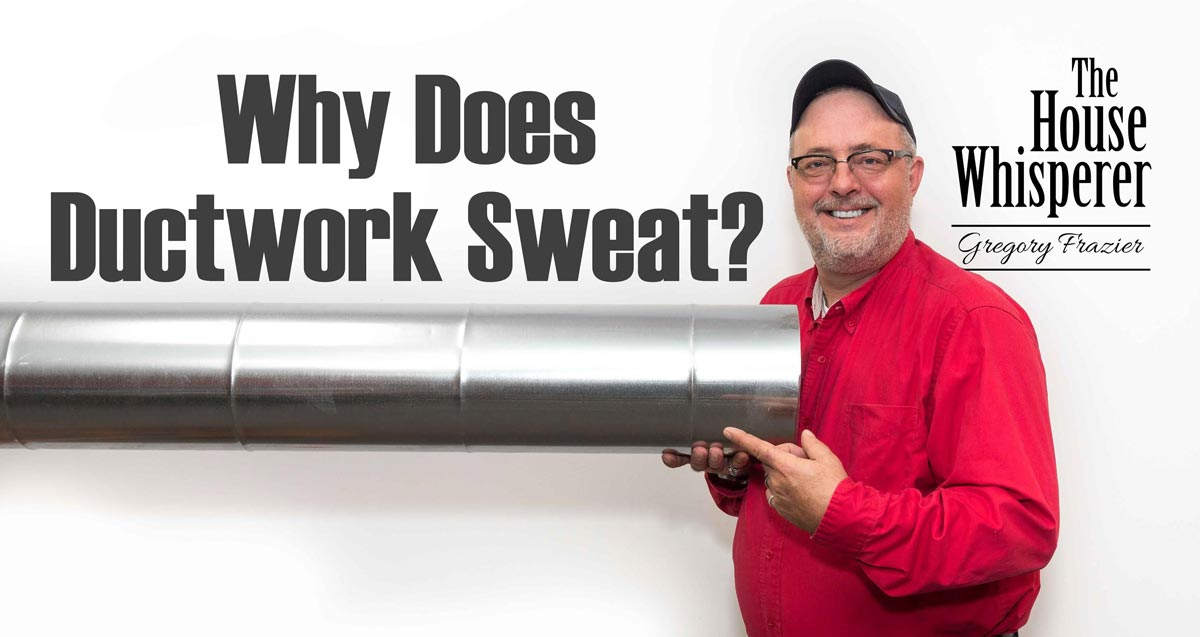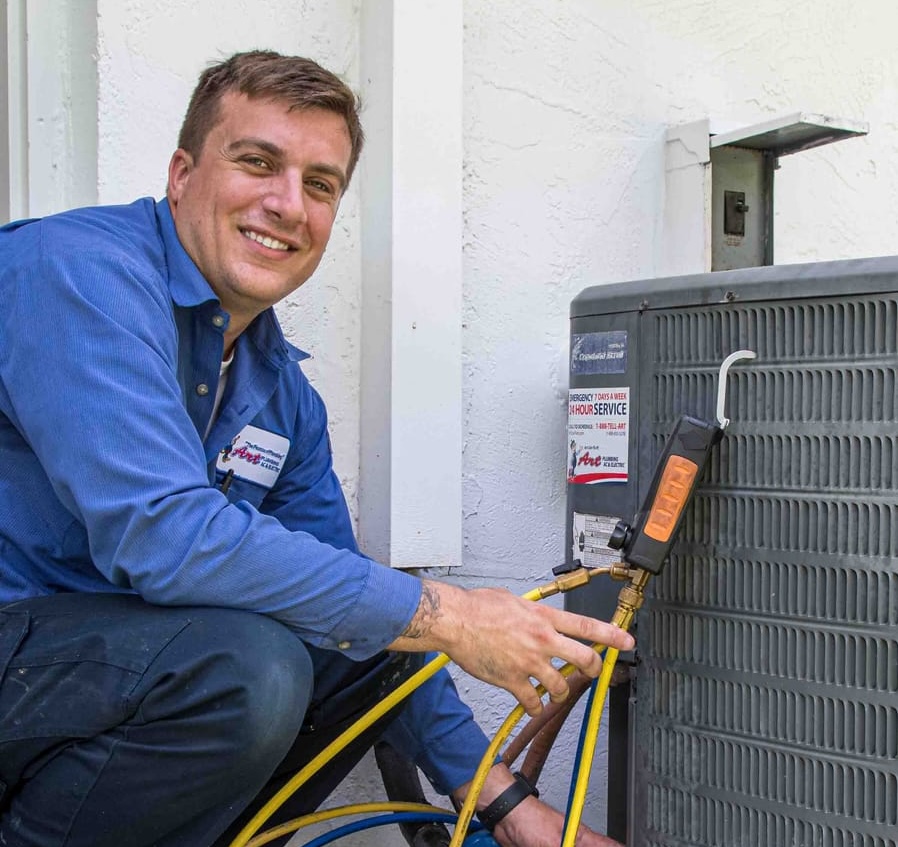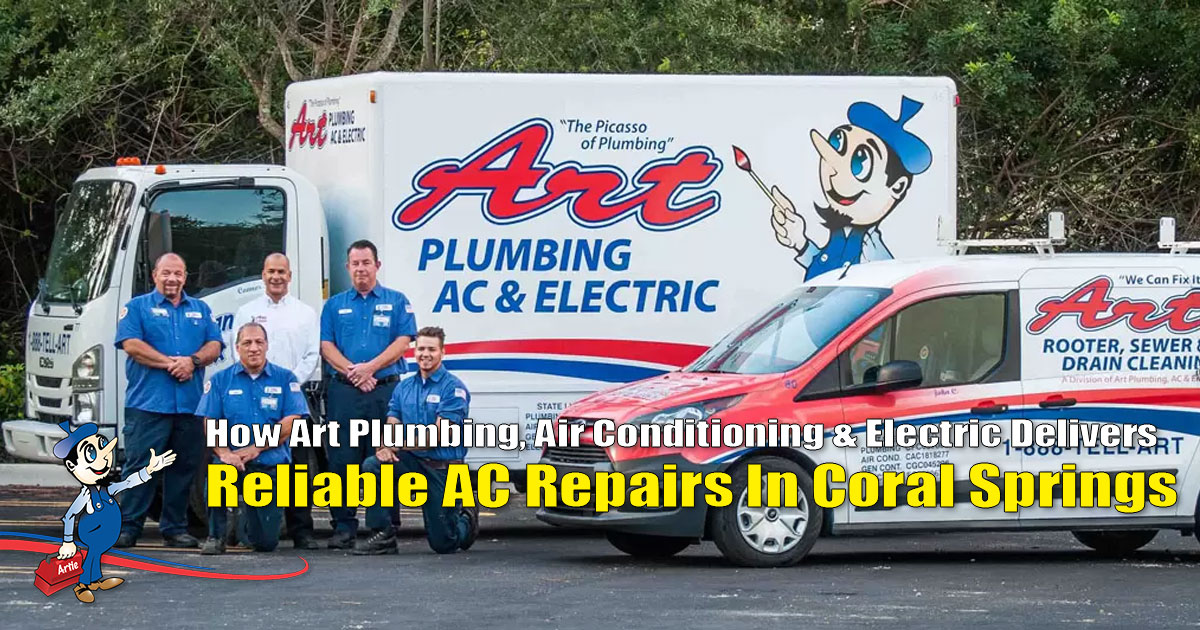Why Does Ductwork Sweat?

As always, I try to base my musings around common problems that I run into on a regular basis and today is no different. Condensation from ductwork causing water damage to an interior of a home happens regularly, so in this article we are going to look at some of the causes and of course some of the remedies for this pesky situation. First off, why would ducts sweat in the first place?
Let’s begin with something we are all familiar with; if you take an ice cold can of soda out of the refrigerator and put it on the patio table on a hot summer day, what happens? The answer is obvious, it starts to sweat. This is because the liquid in the can is colder than the outdoor dew point so condensation starts to form. This is very similar to what happens when air ducts are sweating.
In a properly functioning air conditioning system the air leaving the top of the unit is typically around 20 degrees colder than whatever the thermostat is set at. So if the thermostat is sitting at 74 degrees the air being pushed into the duct system is going to be right around 54 degrees. If we take into consideration that on a hot summer day the attic where your ducts live can be as warm as 150 degrees, that 90-100 difference in the temperature is what can cause the condensation to begin. Any time you have cold and hot air meeting here comes the rain.
The next question is what type of ductwork do you have? Different types of ducts sweat for different reasons. In older homes you will find metal duct systems which are the worst when it comes to sweating issues. Over time the insulation on the exterior of old metal ducts deteriorates letting the hot air come in contact with the very cold metal and this is worst when it comes to condensation. The really bad news is that with old metal duct systems the only option is replacement of the ducts to stop the rain in the attic.
The next most typical type of duct systems is made of flexible duct. Flexible duct is a plastic tube that is reinforced with wire and then insulated on the outside. Flex ducts themselves do not sweat, however if the connection points are not sealed correctly and duct leakage is occurring then you can get sweating at those points. The good news is with a flex duct system we can either hand seal the connection points or perform an Aeroseal to stop the water.
The last usual cause for condensation on a duct system is if the ducts are not properly hung or they are touching each other. When ductwork is touching it forms a very cold spot where they are touching thus condensation begins. Ductwork located in an attic must be hung properly so that the insulation can do its job. So if you see unusual water staining on any of the ceilings in your home and the roofer has eliminated roof leaks it is likely coming from some fault with the duct system in your home. If you want to go down a rabbit hole and really dive deep into ducts and duct sealing give a click here.
That’s it for now, it’s a little quiet so I think I’ll head to the beach and enjoy a little R & R. Until next time, my buddy walks up to me and says you remind me of a series of rabbits retreating, puzzled I said okay why? He said it’s your receding hairline. Yes, I know that was bad.
House Whisperer out!!



